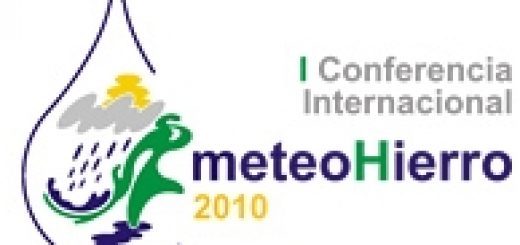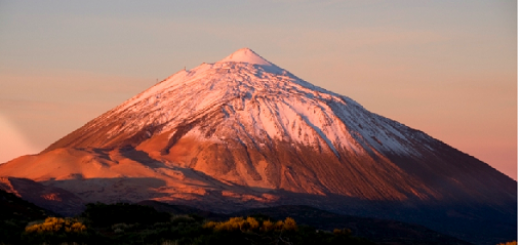Measurement Campaign for the Validation and Characterization of Atmospheric Water Vapour Isotopologues within the European Project MUSICA
![]()
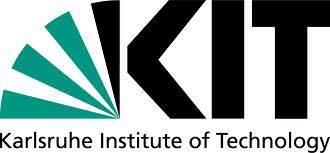
The project MUSICA (MUlti-platform remote Sensing of Isotopologues for investigating the Cycle of Atmospheric water, http://www.imk-asf.kit.edu/musica), supported by the European Research Council within the Seventh Framework Programme (FP7/2007-2013/ERC Grant Agreement, nº 256961), has as main goal the generation of a high-quality database in a global scale of tropospheric water vapour isotopologues (H216O y HD16O) from ground-based remote measurements (Fourier Transform InfraRed spectrometers, FTIR) and space-based platforms (Infrared Atmospheric Sounding Interferometer, IASI, on board the satellites EUMETSAT/MetOp-A and MetOp-B). The results of this project will contribute to a better understanding of the different processes affecting the cycle of atmospheric water and its link to the energy balance at a global scale.
In this context, documenting the quality and consistency of water isotopologue observations obtained remotely is fundamental. To do so, the first intercomparison campaign of the tropospheric water vapour isotopologue measurements has been carried out in the Tenerife Island during July 2013, with the goal of validation the isotolopogue vertical profiles obtained remotely by using in-situ observations. Thus, this campaign has gathered simultaneously and for the first time:
1) Surface measurements of the isotopologue ratios H218O/H216O (δ18O) and H216O/HD16O (δD) at two altitudes (in the Izaña Atmospheric Observatory, IAO, at 2400 m a.s.l. and in the facilities of the Teide Cable Car at 3500 m a.s.l., http://www.telefericoteide.com/), taken with two Picarro L2120-I spectrometers (Figure 1).

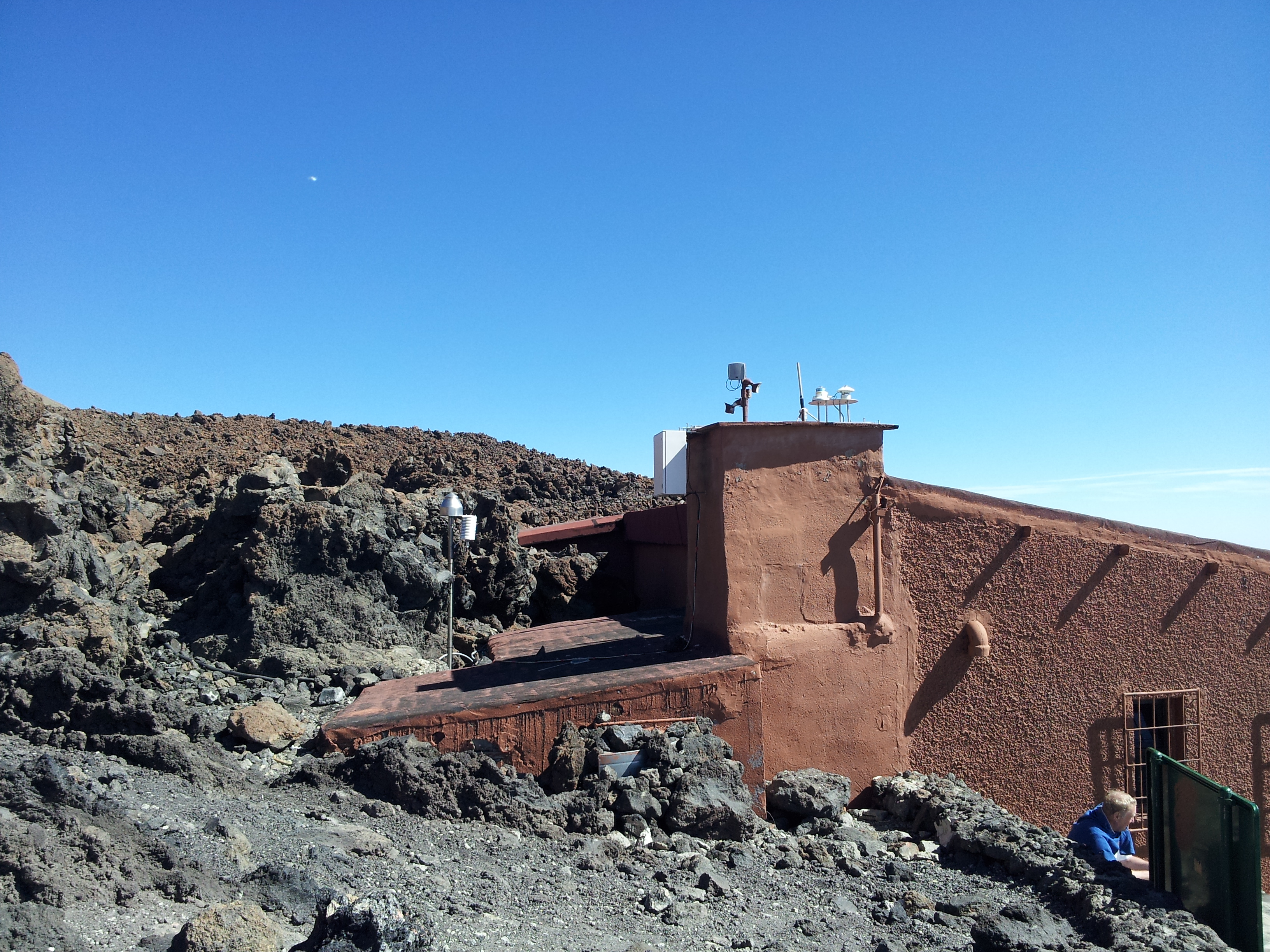
Figure 1. Picarro L2120-i spectrometer installed at the IAO (left) and facilities of the Teide Cable Car, where the second Picarro L2120-i spectrometer was installed.
2) In-situ vertical profiles of the isotopologue ratio δ18O and δD obtained in seven flights of the scientific aircraft C-212 from the National Institute of Aerospatial Technique (INTA, Figure 2), by using the high-resolution ISOWAT spectrometer (Figure 2), designed by the Technology Institute of Karlsruhe (KIT, Germany).

Figure 2. Scientific aircraft C-212 from INTA and part of the crew and scientific-technical staff involved in the MUSICA campaign (from left to right: Garlich Fischbeck (KIT), Ángel (CLAEX), Saba (CLAEX), Fran (CLAEX), Oscar Serrano (INTA), Luis Otero (INTA), Christoph Dyroff (KIT), Ángel Gómez-Peláez (AEMET) and Neves Seoane (INTA)). On the right image, the spectrometers for isotopologues (ISOWAT) and volatile organic compounds (VOCs) measurements from KIT installed inside C-212 as well as the control computers.
3) Tropospheric δD observations from the remote sensors IASI on board the satellites MetOp-A and MetOp-B.
4) Tropospheric δD observations from the FTIR spectrometer (Figure 3), installed at the IAO since 1999, as a result of a close collaboration between the Izaña Atmospheric Research Centre-AEMET and KIT (Germany).
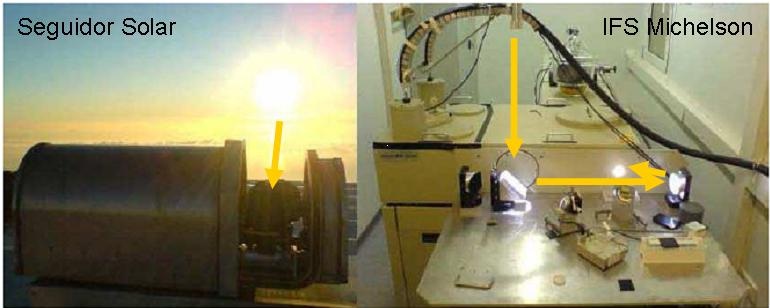
Figure 3. FTIR spectrometer installed at the IAO (sun tracker on the left and Michelson interferometer on the right).
The combination of all of these isotopologue measurements allow us to analyse in detail the atmospheric water vapour in the subtropical North Atlantic Ocean, considering the typical conditions of Atlantic transport as well as Saharan desert mineral dust events, which alter the predominant isotopologue transport in this region.


